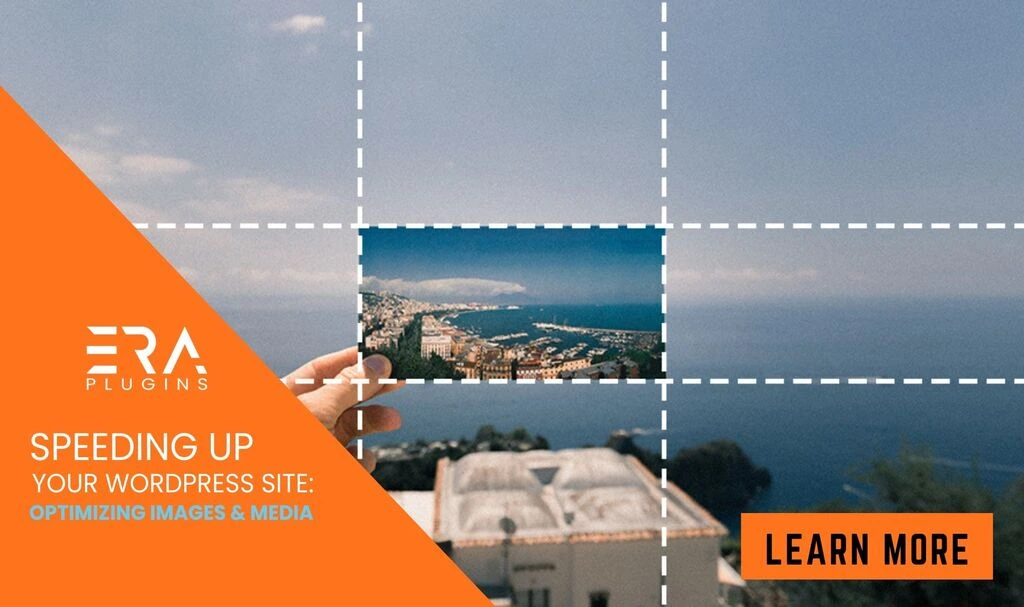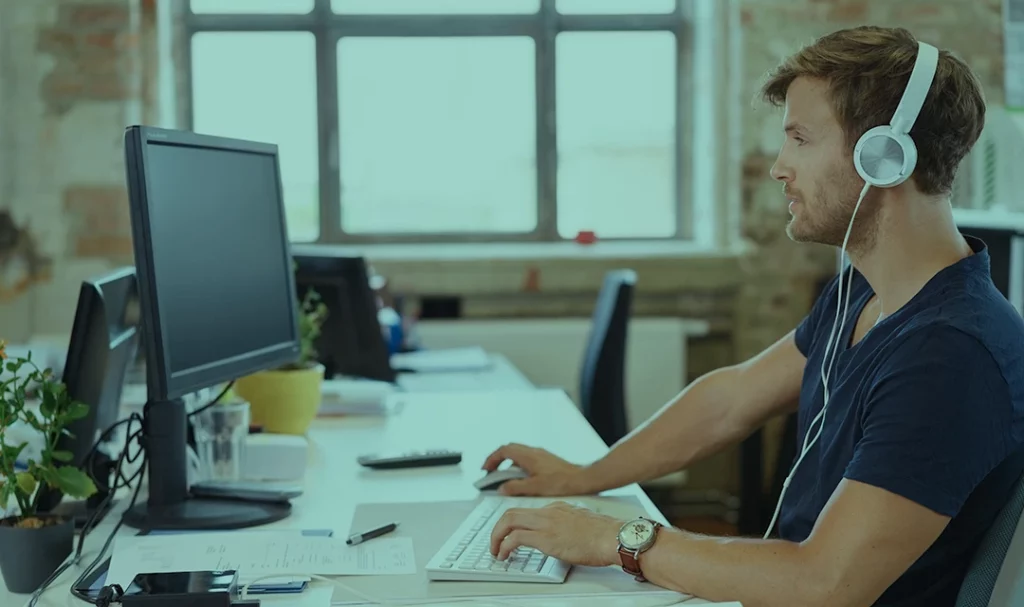When it comes to website performance, every second counts. Slow loading times can lead to frustrated users and adversely affect your search engine rankings. In this article, we’ll explore the importance of optimizing images and media on your WordPress site to ensure swift page loads and a seamless user experience.
The Impact of Media on Page Speed
Images, videos, and other media files are often the largest contributors to a website’s page size. Slow-loading media can lead to high bounce rates, decreased user engagement, and lower conversion rates. Here’s why optimizing media is crucial:
1. Faster Loading Times
Optimized images and media files reduce the time it takes for your pages to load, resulting in a better user experience and improved retention rates.
2. SEO Benefits
Search engines consider page speed as a ranking factor. A faster website can lead to higher search engine rankings, driving more organic traffic to your site.
3. Mobile-Friendly Experience
Mobile users often have slower internet connections. Optimizing media ensures your site remains accessible and enjoyable for users on various devices.
Strategies for Media Optimization
1. Choose the Right File Format
Use appropriate file formats for different types of media. JPEG is great for photos, while PNG is suitable for images with transparency. SVG works well for vector graphics.
2. Resize and Scale Images
Resize images to the dimensions they will be displayed. Don’t use larger images and scale them down with HTML or CSS, as this increases loading times.
3. Compress Images
Use image compression tools or plugins to reduce the file size without compromising quality. This reduces bandwidth usage and speeds up loading times.
4. Lazy Loading
Implement lazy loading to load images only when they come into the user’s viewport, reducing the initial page load time.
5. Content Delivery Networks (CDNs)
Utilize CDNs to serve media files from servers closer to the user’s location, reducing latency and improving load times.
Optimizing images and media is a vital step in enhancing the speed and overall performance of your WordPress site. By choosing the right file formats, resizing images, compressing files, and utilizing advanced techniques like lazy loading and CDNs, you can create a website that loads quickly, delights users, and ranks higher in search engine results.





